Hello! This month marks the first anniversary of “Sake Talk”. We will continue to keep you posted about the history and culture of sake once a month in adherence with the theme. Please check this page each month for the newest article!
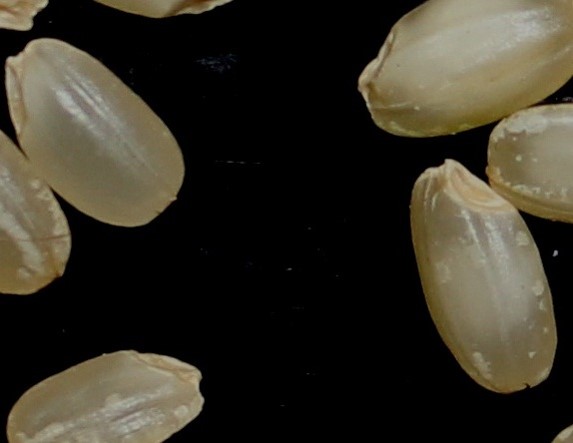
(The grain of Yamada Nishiki rice has a white starchy core called “shinpaku“.)
This article is about sake rice, one of the main ingredients of sake. Today, when you go to a grocery store, you find many varieties of rice, each with its own characteristics. Among the varieties, the rice which is especially suitable for sake brewing is called sakamai (shuzō kōteki mai), or sake rice. Generally, the grain of sake rice has a white starchy core called shinpaku, and is larger than that of table rice. A variety of sake rice called “Yamada Nishiki”, created by trial-and-error in Hyogo Prefecture in 1836, is the representative variety. Yamada Nishiki has been used for sake brewing at sake breweries in all regions of Japan for over 80 years since its creation, and is known as the “king of sake rice” today.

Now, let’s turn our focus to the history of sake rice and see how it was described when the production of refined sake began in the Edo period (1603-1868). In the historical book “Illustrations of Famous Products of the Mountains and Seas of Japan”, the regions known for producing rice are listed (including Kaga, Himeji, Awaji, Hokkoku, Takatsuki and Yodo), along with seasonal information and the process of sake production for each region. In the Edo period, rice was classified based on production region rather than variety.
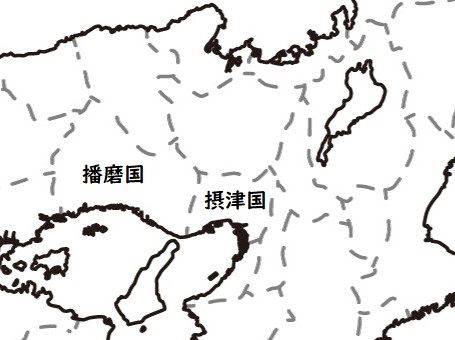
(Those regions have been known as production regions of sake rice since the Edo Period.)
In the 19th century around the end of the Edo period, Settsu Province (present-day southeastern part of Hyogo Pref. and northern part of Osaka Pref.) and Harima Province (present-day southern part of Hyogo Pref.) became known as production regions for sake rice. Especially famous was the rice grown in Kato County and Miki County in Harima Province (present-day Kato City and Miki City in Hyogo Pref.). This rice was called Torii-mai (Torii rice) because the production land was owned by the Torii family of Mibu County, Shimono Province (present-day Tochigi Province). Historical documents show that many sake brewers in kamigata (Kyoto and the surrounding vicinity where the Emperors resided) purchased Torii rice. Today, this region is still known as the best producing region for Yamada Nishiki rice in all of Japan. Indeed, since the Edo period, the best varieties of sake rice have been passed down and produced here.
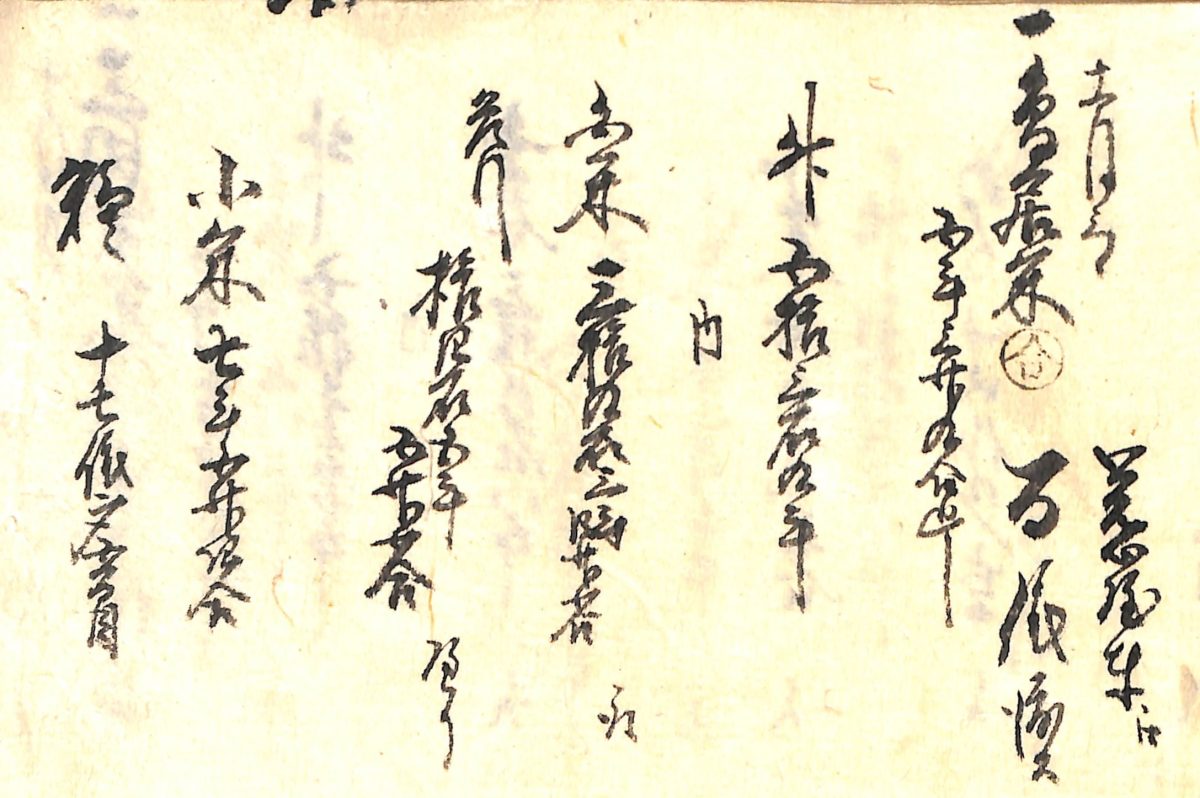
and Used for Brewing Sake
In the last post of Sake Talk, we introduced Miyamizu, the well water especially suitable for sake brewing, which can be drawn only from a certain area of Nishinomiya. Both Miyamizu water and Yamada Nishiki rice have a long history as ingredients of sake since the Edo period. We hope you can enjoy Nada sake, the sake produced using these exceptional ingredients with a long history.
Please check back on April 1st for our next article!


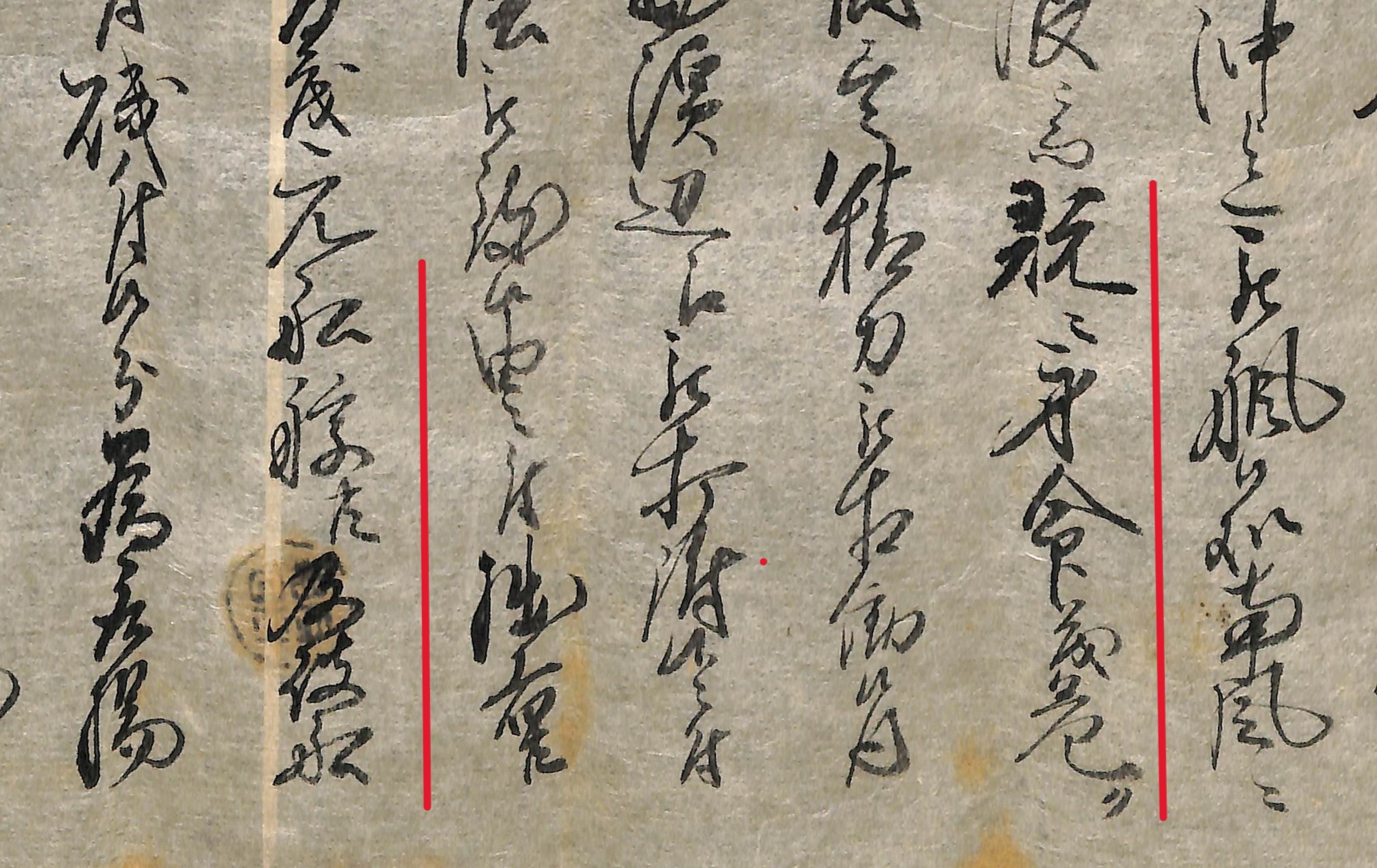

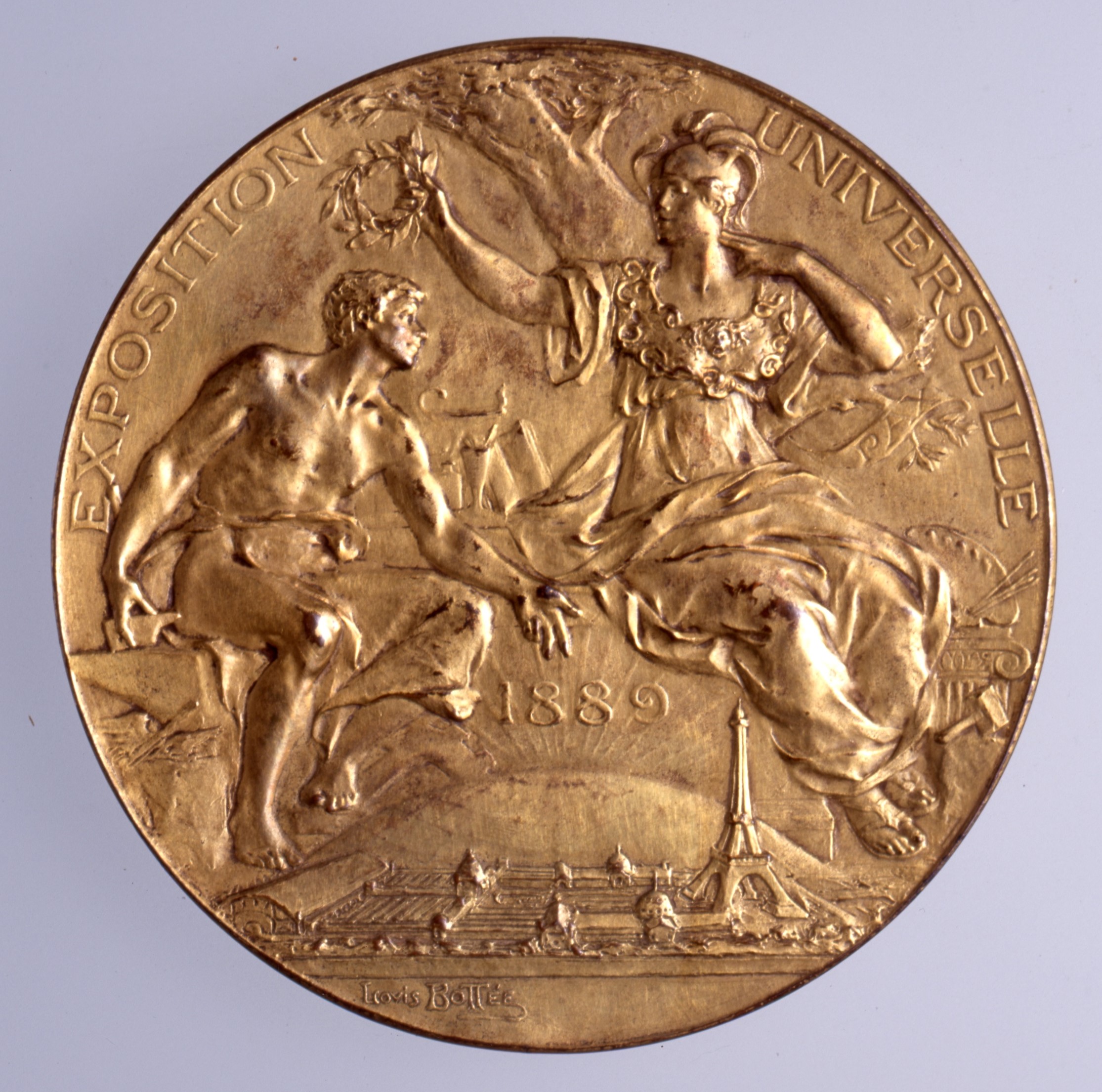


The crew of the vessels also risked their lives.